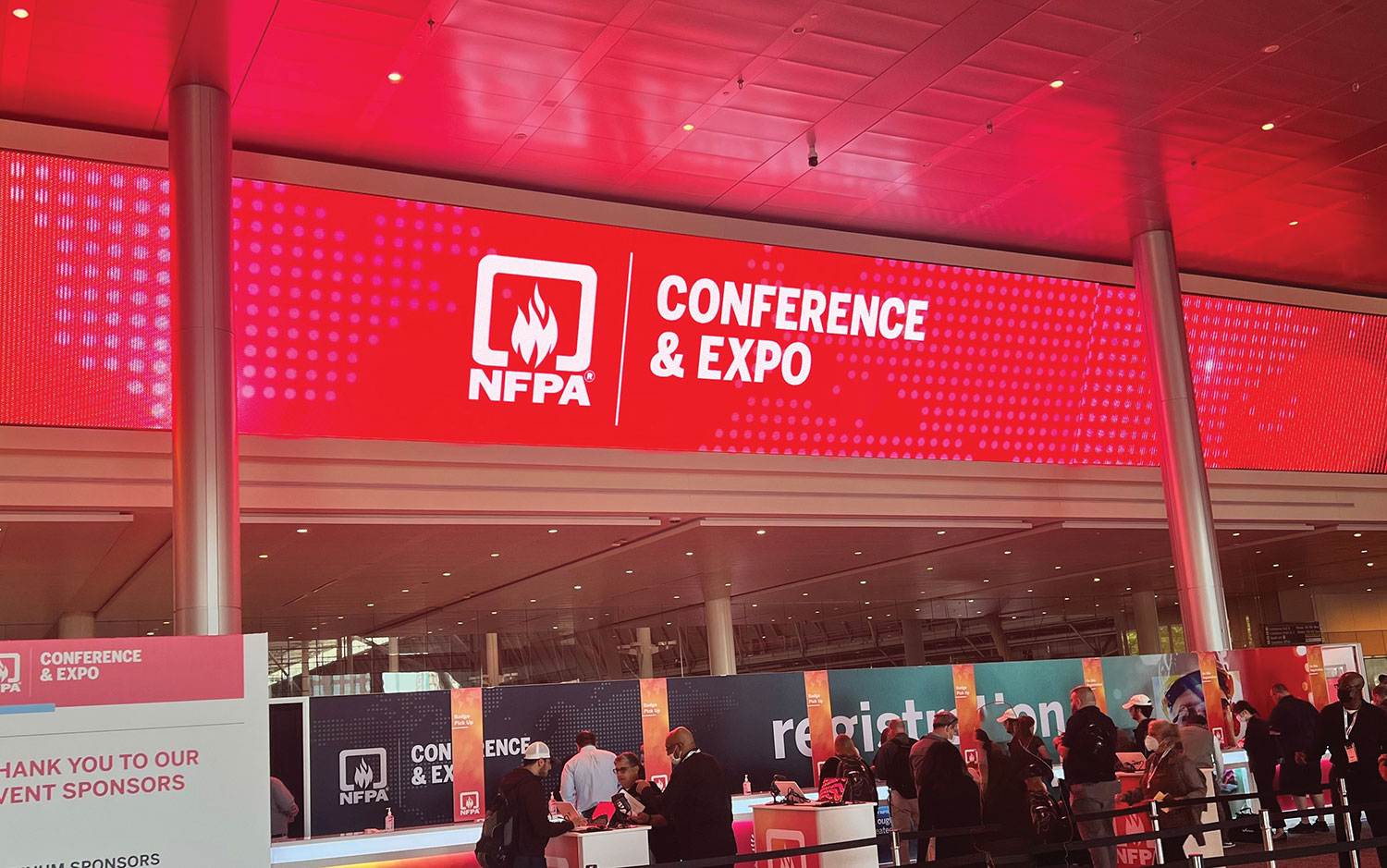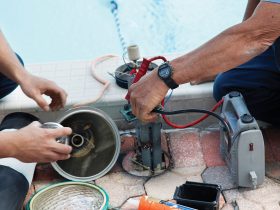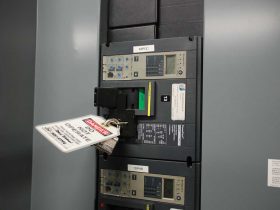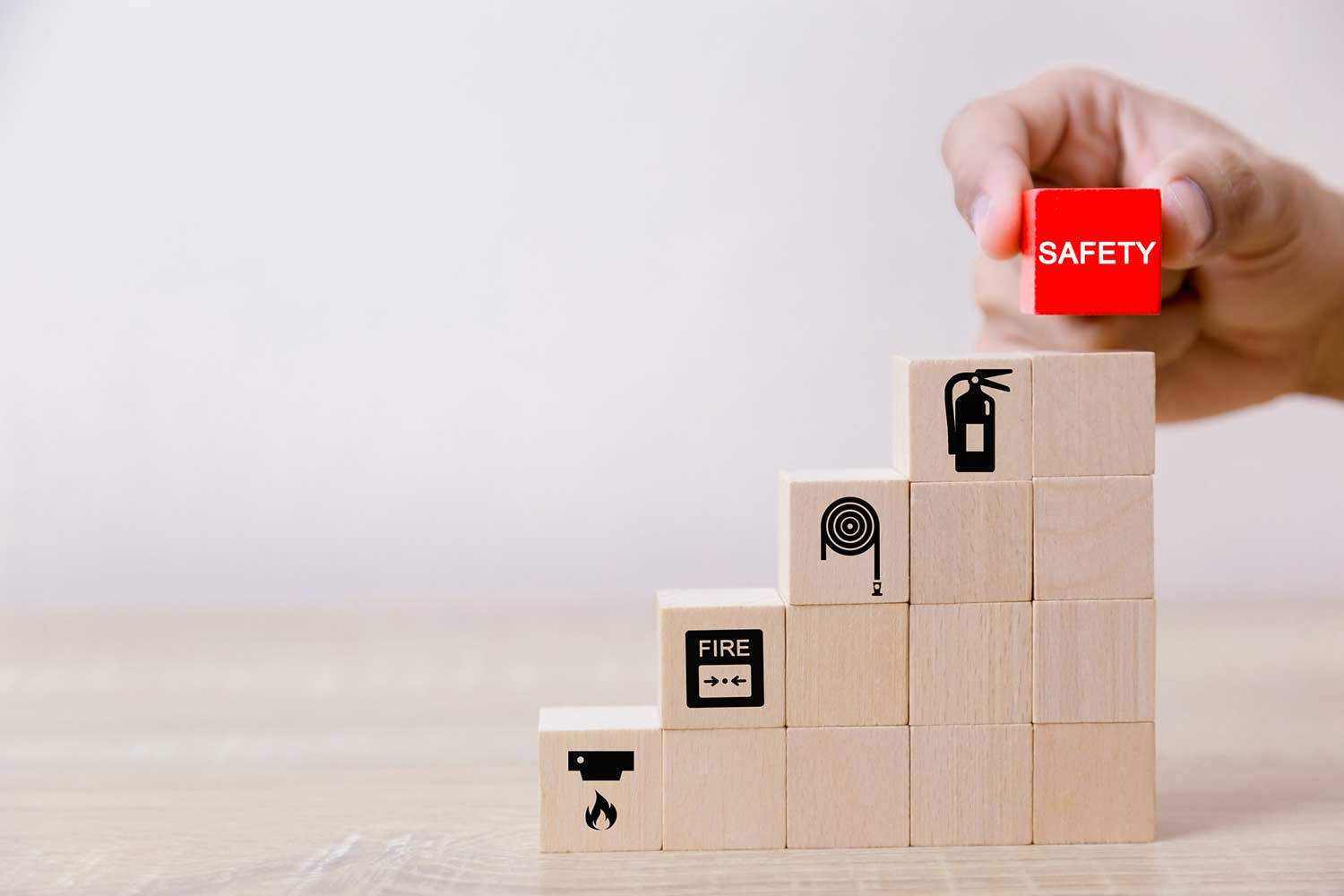The means for providing illumination has gone through numerous changes over the centuries, from oil lamps to incandescent bulbs, to fluorescent tubes and LEDs.
The effort of the public to bring about change and the work of the CMP members and NFPA staff members has us just steps away from a completed cycle of the 2023 NEC.
To ensure that a swimming pool is in top shape and ready for a summer of fun, electrical systems need to be properly maintained and inspected.
May is Electrical Safety Month and with it comes a need for a greater understanding of NFPA 70E, Standard for Electrical Safety in the Workplace.
What does alternative energy mean for the inspectors, installers, and designers that find themselves entrenched in the NEC world on a daily basis?
As drilling holes in studs are at the first-laid foundation of your career, Article 300 lies at the very bedrock of the NEC.
With the end of the year upon us, it’s a fitting time to reflect on the state of safety in our industry, to evaluate where we are today, and consider what more we need to do in the new year ahead.
While your local municipality may not yet be using the 2020 NEC, these revisions will have an impact on the way residential kitchens are wired when it does become adopted.
Let’s look at an area of a commercial building that has many of the components that cause a dangerous and potentially deadly event just lying in wait – a commercial kitchen.
The month of May is National Electrical Safety Month, an initiative sponsored by Electrical Safety Foundation International.














